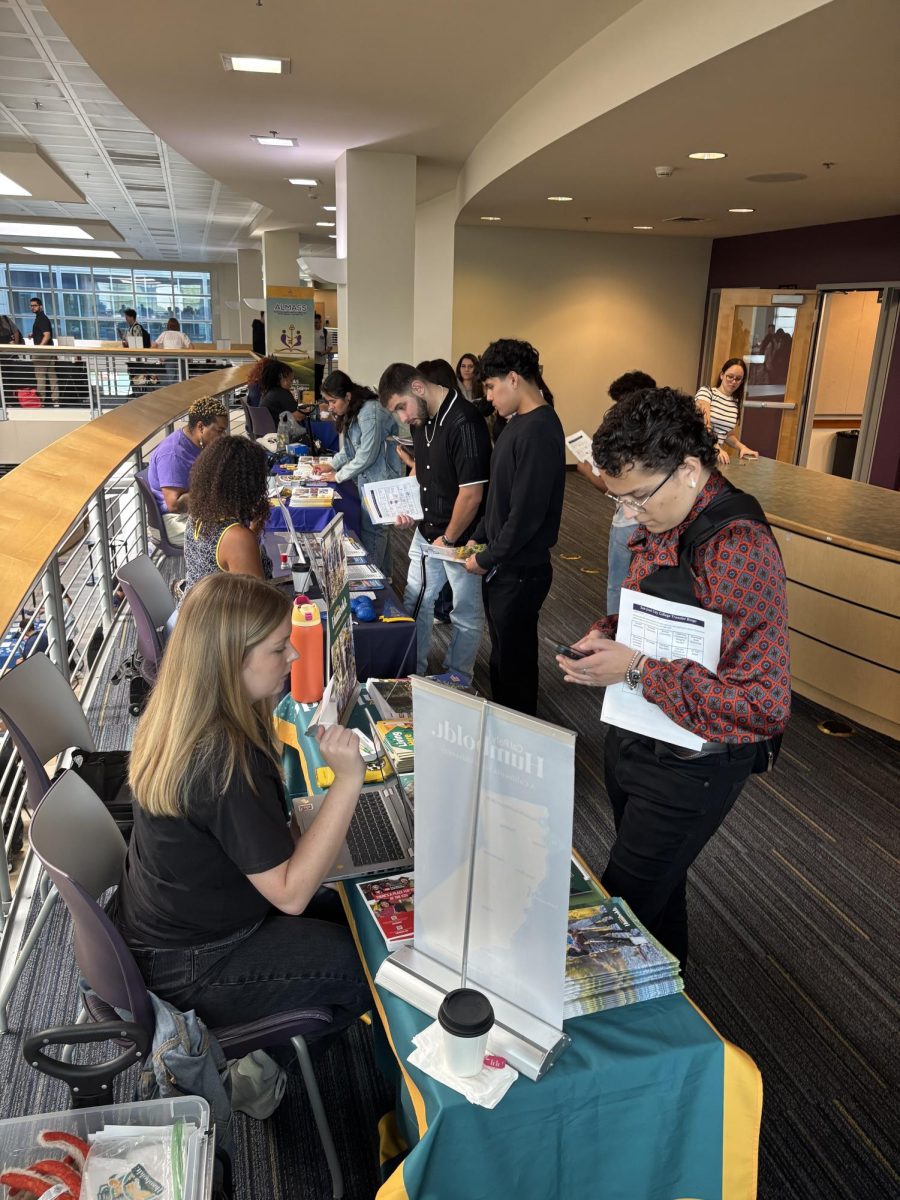Disagreements arise over hiring proposals
After years of budget-related cuts in staff, the district’s improved fiscal situation has led faculty to expect a wave of hiring. But that doesn’t appear to be part of a redesign proposal Chancellor Rita Cepeda is expected to deliver to the board of trustees as early as tonight. No full-time faculty positions are listed in the proposal.
“This (the district) is like a wheel,” said David Yancey, history professor and president of the Faculty Association, “At the center of the wheel is faculty.”
Cepeda said faculty undergo a yearly hiring process that is unavailable to other types of staff, which is why the Redesign is focused solely on non-faculty positions.
The Redesign will be implemented over the course of five years in three phases. Cepeda said, in this time, faculty will have undergone several rounds of another independent hiring process.
But Yancey said almost 50 full-time faculty positions were lost in the last 12 years, with EVC losing 10 full-timers in the last 2 years.
He said 10 years ago there were 272 full-time faculty teaching 70 percent of classes. Now there are 223 full-time faculty and 50 percent of the classes are taught by adjuncts whose numbers amount to about 500.
Cepeda said the district meets its Faculty Obligation Number, a state-mandated number for the required number of full-time faculty.
“The FON is a floor, not a ceiling,” Yancey said.
Yancey said he believes the chancellor should be looking in the opposite direction.
“Research shows students do better when there is a full-time faculty member heading their department,” Yancey said.
They have more time to devote to students and to find extra opportunities, such as scholarships and conferences, that would enrich their students’ academic experiences.
The draft proposal would impact about 143 positions by either adding new positions or repurposing old ones. Most of the positions are classified; the rest are managers, such as deans, and supervisors, such as the overseer of IT staff.
Repurposed means redefining a job position and its duties. For instance, combining an admissions and records and financial aid position, so students can see just one person when they enroll as opposed to two.
The district’s financial issues led to a reduction in staff that was felt mostly by classifieds. Support positions such as secretaries, technicians, custodians, instructional assistants and most of the district employees are considered classified employees.
Yancey said many of the classified staff positions should be added, but faculty should also be considered since they are the most crucial part of student success.
SJCC faculty also complained about not being included in the process. Yancey said he heard about the Redesign in passing during a conversation in July 2012, but no details were provided and faculty were not included in the process before August 2013.
Vice Chancellor of Human Resources Kim Garcia said the Redesign is an ongoing process and revisions are being made as feedback is received.
In July 2012, Garcia said each department looked at data — program reviews, staff input, student comments, facilities — to suggest positions to be added or repurposed.
In August 2013, the district office and the two college campuses shared the information they compiled to see if there were any discrepancies that needed to be addressed.
“There were some revisions based on that and then we started sharing on the campus level,” Garcia said.
Cepeda is presenting a new draft of the Redesign to the board of trustees either tonight at the District Office at 6 p.m. or the next board meeting in early February.
The new draft will show faculty hiring alongside the impacted classified, supervisor and management positions. Cepeda said she hopes this will clear up any confusion about the proposal.
“The chancellor made a mistake by not including faculty,” Yancey said, “but I believe she is sincere and look forward to working with her.”






